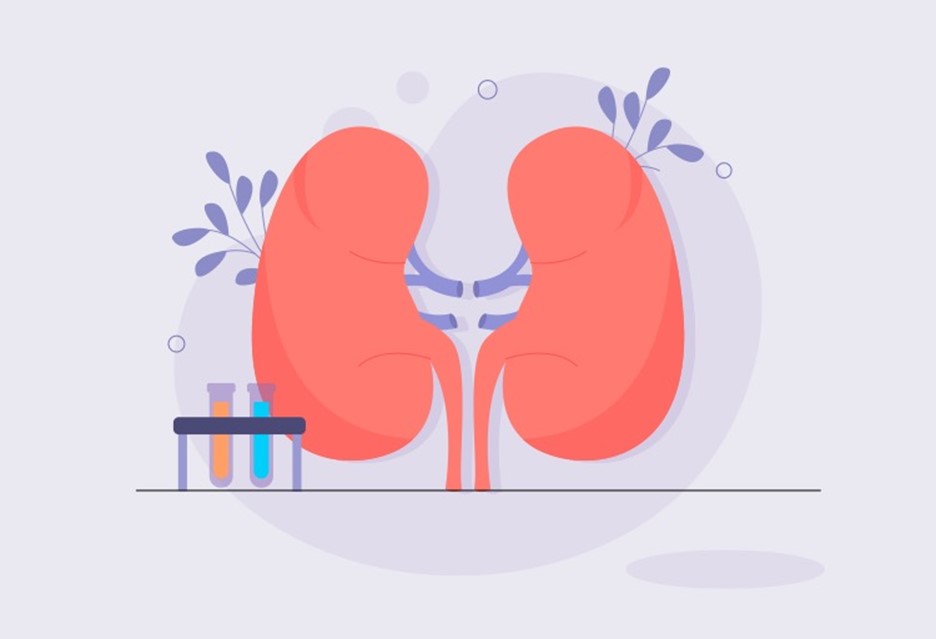
Marginal Revolution University
Grades 9-12

Don't have an account yet? Sign up for free
Don't have an account yet? Sign up for free
Students will be able to:

In this economics lesson, students analyze shifts in supply and demand in the auto market and related markets.
Should technology scare us?
Supporting Questions
Prior Knowledge
It is important to note that this inquiry requires prerequisite knowledge of the society of the United States at the turn of the century, heading into the 1920’s. Additionally, students should have a basic understanding of supply and demand structures and how this principle drives prices and availability of products to the general population.
Staging the Compelling Question
To stage the compelling question, the teacher can begin by showing a short news report of a deadly self-driving car accident. Watching this video should lead into a discussion about the fears some people have about new technology. After discussing, the class should brainstorm (individually, in pairs/small groups) a list of other new technologies and the fears and anxieties they may cause people. Some examples could include smart home technology, drones, electric scooters, Smartphones, etc.
Supporting Question 1: What Positive Changes Did the Invention of the Model T. Bring About?
Teachers may implement this task by having students create a T-chart describing the changes brought about by the invention of the Model T and the impacts these changes had on the economy and/or society. This may be scaffolded through small group discussion, teacher-provided annotation of the images, and teacher modeling of annotation of the readings.
The following sources were selected to focus on both the social and economic impacts the Model T had on America, especially on the middle class. The first featured source is a 1912 article from the El Paso Herald, describing the significant changes, especially in rural America, that are occurring as a result of the popularity of automobiles (see: Chronicling America; El Paso). The second featured source is a 1919 newspaper article from the Beaver Herald (OK) describing why automobiles are becoming a necessity in America (see: Chronicling America; Beaver Herald). Featured Source C is a 1914 image of a large crowd outside the Highland Park, MI Ford plant the day after Ford announced the $5 work day (see: Henry Ford). Featured Source D is a video of the former curator of the Henry Ford Institute, crediting Henry Ford employment practices with creating and sustaining the Middle Class in the United States (see: Stories of Innovation). The final source is a graph showing the history of energy consumption in the United States. The focus of this image should be on the spike in Coal and Petroleum power in the early to mid 1900s, with the discussion surrounding why this happened why it was a positive impact to have an increase in this fuel use (see: Today in Energy).
Supporting Question 2: What Negative Changes Did the Invention of the Model T. Bring About?
The second supporting question—What negative changes did the invention of the Model T. bring about? — will result in students writing a paragraph describing why people feared the Model T. Students must synthesize the information from the various sources. Teachers may implement this task by having students annotate texts and identify the causes of various fears before writing the paragraph. This task may be scaffolded through the use of a Cause and Effect Chart, small group discussion, teacher-provided annotation of the images, and teacher modeling of annotation of the readings.
The following sources were selected to provide examples of the impact cars upon their first introduction to market. The first source is a video, “A Trip Down Market Street” in San Francisco in 1906. The video shows the chaos and danger the expansion of the automobile had on cities and citizens before rigid traffic regulations were created (see: San Francisco). Featured Source B is a clip from a Podcast “99 Percent Invisible” (5:20-7:25) that discusses the new series of dangers and fears automobiles caused in cities and to pedestrians (see: Modern Moloch). Featured Source C is a November 1923 cartoon from the St. Louis Star called, “Sacrifices to the Modern Moloch” which shows a man offering up a sacrifice of children to a monstrous car (see: Sacrifice). Featured Source D is an image of a multi-vehicle accident in the early days widespread automobile access (see: Accident). Featured Source E is a graph showing the growing number of auto accident deaths in Great Britain, beginning in 1926 (see: Parliament). The final source is a transcript of an interview with a hotel worker on the negative effects the rise of the automobile had on the hotel industry (see: Hotel).
Students should be expected to demonstrate the breadth of their understanding and their abilities to use evidence from multiple sources to support their claims. In this task, students are asked to construct an argument backed with evidence that answers the compelling question, “Should technology scare us?
Students’ arguments will likely vary, but could include any of the following:
To support students in their writing, teachers can provide an argument organizer in which students will breakdown their argument before writing in their claim, evidence and reasoning.
Activity 1
To extend their arguments, students could research and create a Public Service Announcement geared towards alleviating fears of a new technology. In this, the student would research a technology that is controversial, and many people fear (the dangers drones present, Amazon Alexa spying on us, etc.) and create a PSA that explains either why the fears are misguided or why we should fear this technology.
Activity 2
Students have the opportunity to Take Informed Action by:
UNDERSTAND Research current traffic accident and fatality data in your city over the past 3-5 years.
ASSESS Based on your research, determine which area(s) of the city are most prone to traffic accidents and deaths.
ACT Develop a plan or a proposal for a new law that can help to make this area of the city safer for traffic.

Marginal Revolution University
Grades 9-12

Grades 9-12

Grades 9-12

Grades 9-12
